Untangling the Differences Between PAR, PPF, PPFD, and PFD
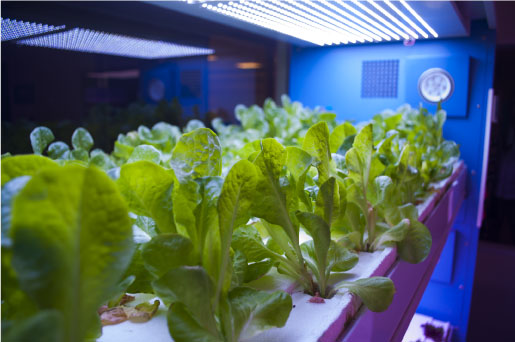
PAR, PPF, PPFD, and PFD Introduction
Greenhouse and horticultural professionals will encounter various terms related to light measurement. This article discusses the four terms PAR, PPF, PPFD, and PFD. These terms have been used interchangeably in literature and can cause confusion. We want to clear this up once and for all.
Background of PAR metric
Photosynthetically Active Radiation (PAR) has been the cornerstone of light’s impact on plant growth and photosynthesis. In the 1960s, PAR measured light between 400-700 nm, the wavelengths crucial for photosynthesis. It used either watts per second (W/s), or watts per square meter per second (W/m²/s). Effectively, it measured the “energy” from light needed to trigger and sustain plant growth.

Fig 1 -Photo by Meritt Thomas on Unsplash
PAR to PPF
A pivotal shift in understanding plants emerged in the 1970s. Scientists argued that quantifying radiation energy (wattage) alone wasn’t sufficient. Instead, they proposed measuring the number of photons emitted instead of wattage, because the impact on photosynthesis is more directly and precisely measurable.
This led to Photosynthetic Photon Flux (PPF), quantifying the number of photons within this critical range over a determined time period (number of photons per second or μmol/s).
PPF to PPFD
Another refinement led to Photosynthetic Photon Flux Density (PPFD), taking PPF and adding a dimension, surface area. Thus PPF (μmol/s) led to PPFD, which is the number of photons striking a certain surface area in one second (μmol/m²/s). The “surface area” is important because growers can use this data to situate grow-lights so that enough photons are distributed equitably over a farming area.
Note: mol & μmol explained (here)

Fig 3 PFFD measures photons falling on a surface area per second between 400-700nm.
PPFD to PFD
As we mentioned, PPFD includes only the photons present between 400-700nm. Nevertheless, recent scientific revelations unveiled the significance of certain wavelengths beyond this range that still affect plant physiology. This includes blue light below 400nm and far-red infrared, above 700nm.
Consequently, Photon Flux Density (PFD) is another refinement, a wider spectrum spanning 350nm to 800nm, encapsulating the non-traditionally defined photosynthetically active range.
.
Further subdivision of PFD
Another further refinement is the subdivision of PFD into even more specific color wavelengths such as PFD-B (Blue), PFD-R (Red), PFD-FR (Far Red), PFD-UV (Ultra Violet).
Chlorophylls, the primary pigment responsible for photosynthesis, absorb light most efficiently in the spectrum’s red (PFD-R) and blue (PFD-B) regions. PFD-B, with its shorter, more energetic wavelengths, is vital during early growth stages as it influences leaf expansion, branching, and overall plant structure. PFD-R extends the range of light absorption for the plant and contributes to the overall pool of available photosynthetic energy.
PFD-FR, along with PFD-R data is critical in understanding and affecting seed germination, stem growth, flowering, and fruiting. See article on Photomorphogenesis (here).
PFD-UV data is important for plant health. Mild UV exposure can trigger a host of responses such as defense against pests and pathogens. It can increase antioxidant content to protect against sunlight exposure, boost the immune system and nutritional content.

Fig 7 Importance of PFD-FR, PFD-UV
Measuring PFD – Spectral PAR Meters
Most of the PAR measuring devices in the market are Quantum PAR meters or sensors – they are not able to measure detail as far down as PFD, as they are mostly relegated to just counting photons between 400-700nm.
However, recently, growers have been leaning towards the sciences and are turning to Spectral PAR Meters to measure all subdivisions of PFD. Spectral PAR meters can see colors, but Quantum Meters cannot.
By analyzing and quantifying light intensity in these color bands, growers can optimize greenhouse lighting setups to tailor the light spectrum to the plants’ specific needs at different growth phases. This granularity in measuring PFD across color wavelengths allows for precise control and enhancement of plant growth, maximizing photosynthetic efficiency and overall yield.
Summary
In conclusion, the evolution from PAR to PPF, PPFD, and PFD has had a staged development, where ambiguities have crept into the literature and conversation. However, understanding these terms in a clear context will help growers and scientists bridge the gap between traditional farming and new technologies.
- PAR – is now an umbrella term covering the entire topic of measuring light quantity for plant growth and includes PPF, PPFD, and PFD.
- PPF (Photosynthetic Photon Flux) measures light quantity (photons) from the 400-700 nanometer range and is measured as μmol/s.
- PPFD (Photosynthetic Photon Flux Density) measures light quantity between 400 to 700 nanometers and is measured in μmol/m²/s.
- PFD (Photon Flux Density) measures light quantity between 350 to 800 nanometers and is measured in μmol/m²/s. PFD can be further subdivided into PFD-B, PFD-R, PFD-FR, and PFD-UV by Spectral PAR meters.
We hope we have untangled these sometimes loosely used terms, and brought some clarity to your knowledge base. Please comment if you have any questions or suggestions.
References:
UPRtek – Photomorphogenesis, sibling to Photosynthesis
UPRtek – Photosynthesis: What, Where, How, and Why?
UPRtek – The Mighty Chlorophyll Molecule.

Fig 9 Spectral PAR Meter PPFD
Deep Dive: What is a mole (mol), micromole (μmol)?
A mole is just a counting metric, like kilograms or meters, or even a noun like “apples” (I have 5 apples). But why do we use moles for counting photons? Because it makes large numbers easily manageable.
For example, small things like atoms, molecules, and photons come in large numbers. Let’s say we count the number of photons emitted from a light to be 602,214,129,000,000,000,000,000 photons. It would be much easier to say 6.02214129 moles of photons. It reduces the excessive numbers around the decimal point and is more manageable!
But usually, counting photons will land measurements, yielding a number like 602,214,129,000,000 (for example). In this case, the conversion to moles is 0.0000006022000214129 moles of photons – it’s still a lot of numbers around the decimal but in the opposite direction. But, if we multiply by 1,000,000, we arrive at 6.022214129 micromoles (μmol). So, using micromoles is suitable for counting photons, and is yet another way to avoid excessively large or small numbers around the decimal point.
So a mole is essentially a large number of something, which could be photons or even apples. I could have 1 mole of apples, but that would be enough apples lined up in a row to extend way past the edge of the solar system!
PG200N Spectral PAR Meter
Spectral PAR meter with PPFD, PFD, PFD-R, PFD-UV, PFD-FR
Hot Product
Handbook Series

The Flicker Handbook
Everything thing you need to know about Flicker, an insidious, potentially serious lighting artifact impacting visual safety for public places like hospitals, offices, libraries, and more...
About UPRtek
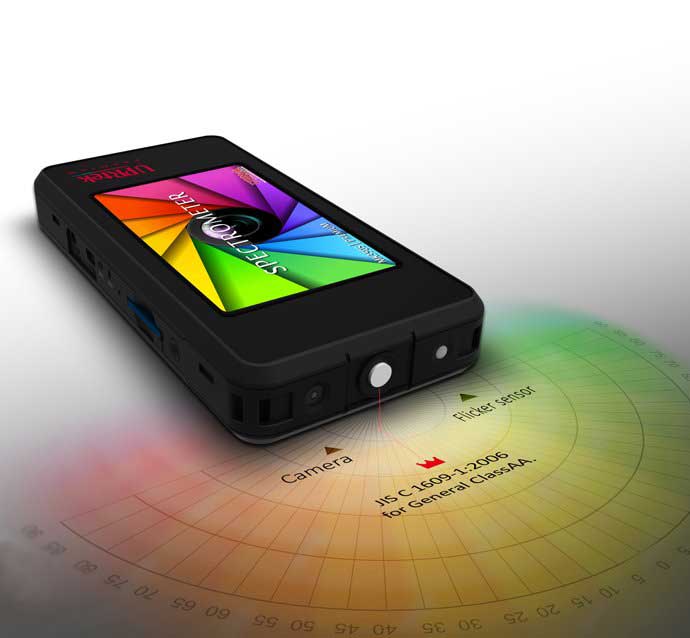
United Power Research and Technology
UPRtek (est. 2010) is a manufacturer of portable, high-precision light measurement instruments; Handheld Spectrometers, PAR meters, Spectroradiometers, Light Calibration Solutions.
UPRtek HQ, R&D and manufacturing are all based out of Taiwan, with Worldwide representation through our certified Global Resellers.

UPRTEK AT TOUCH TAIWAN 2025 – DISCOVER THE LATEST IN LIGHT MEASUREMENT TECHNOLOGY
Join Us at Booth L412 | April 16-18, 2025 | Taipei Nangang Exhibition Center
Latest Articles
Category
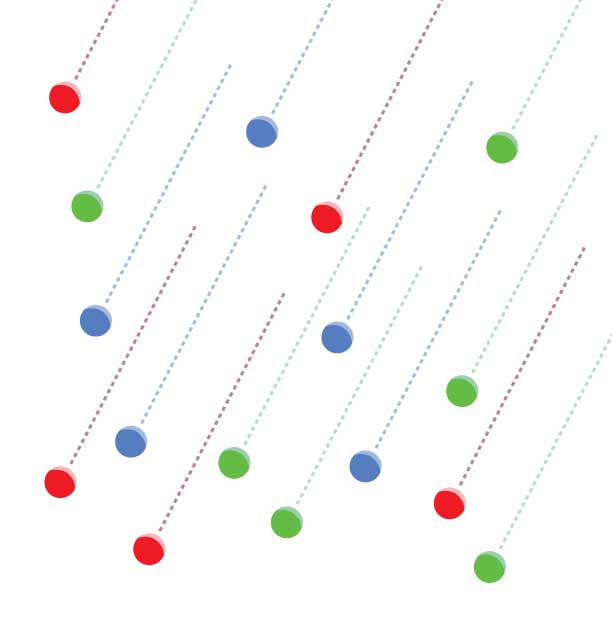
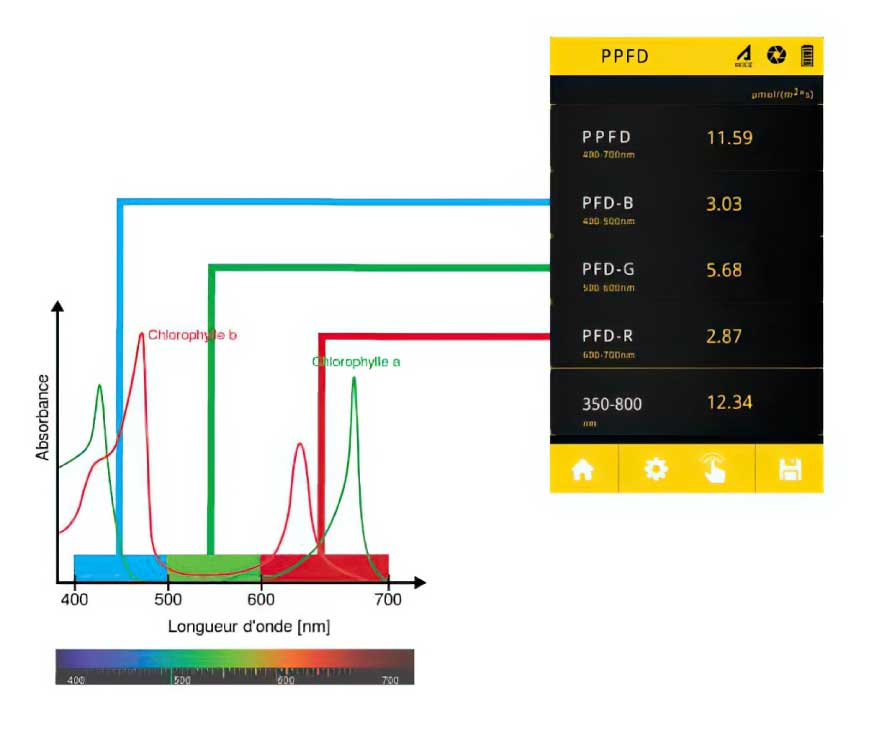
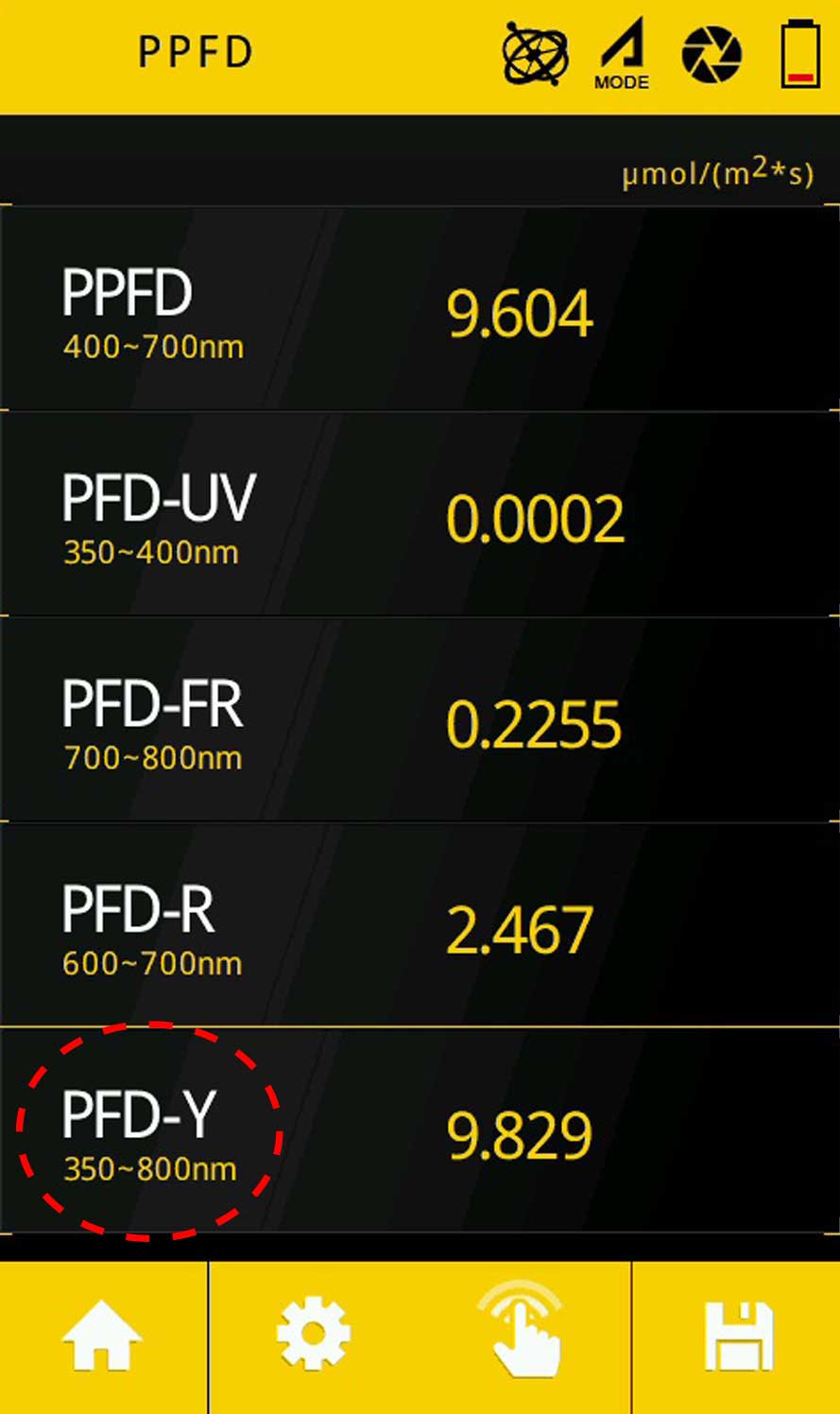
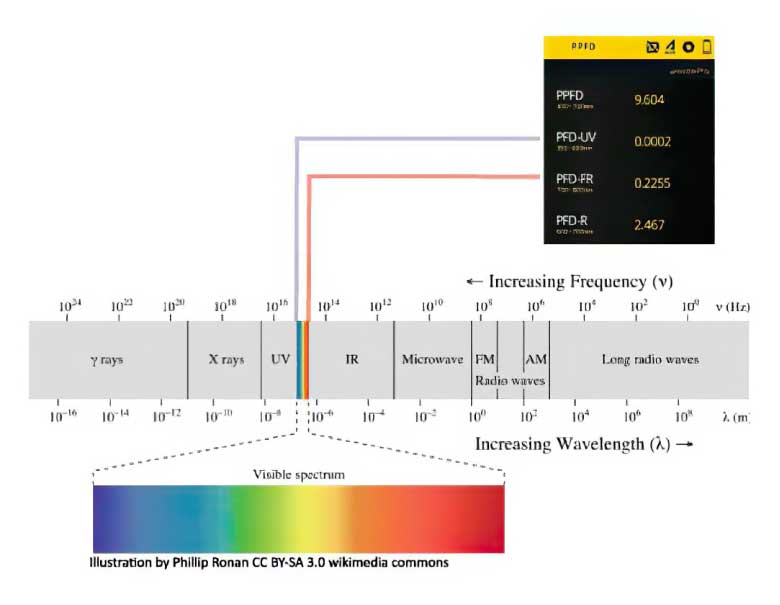

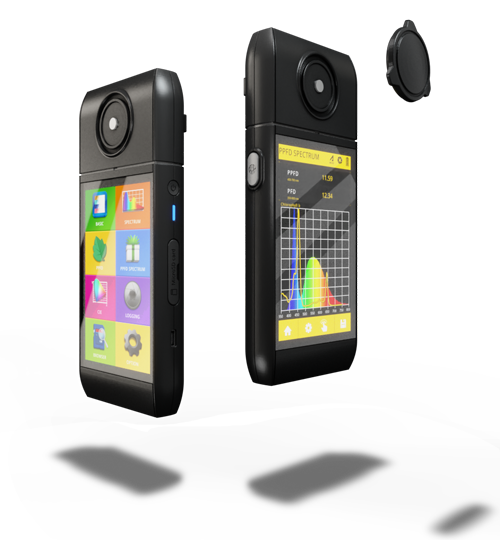


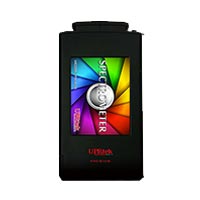
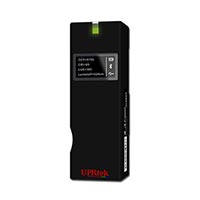
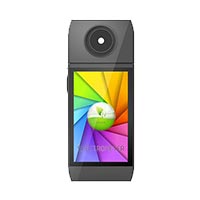
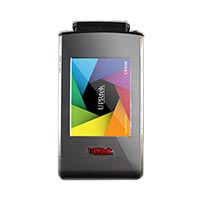
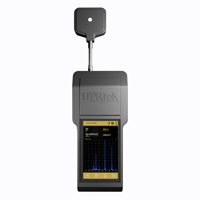
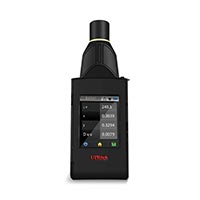

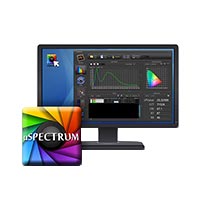
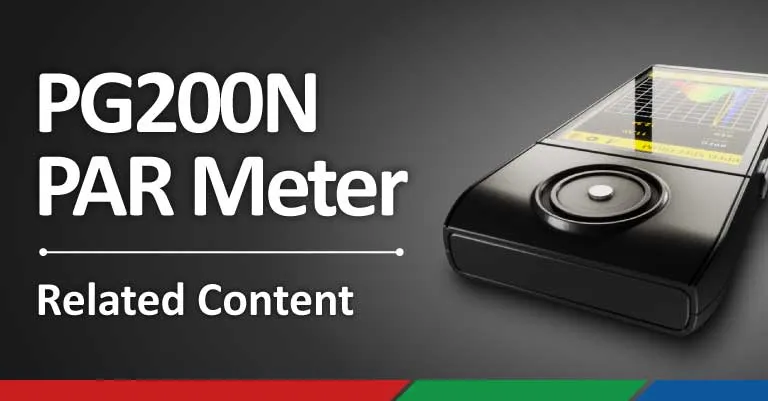
0 Comments